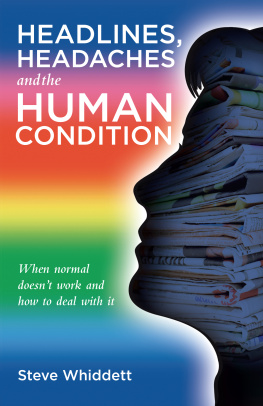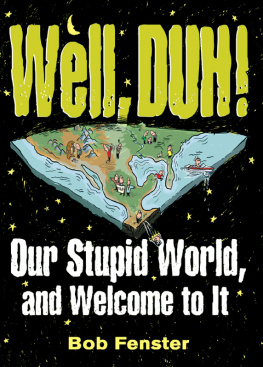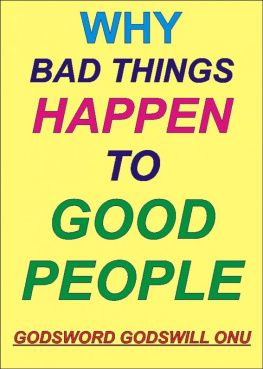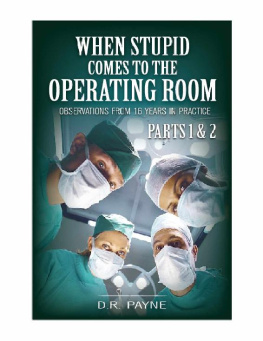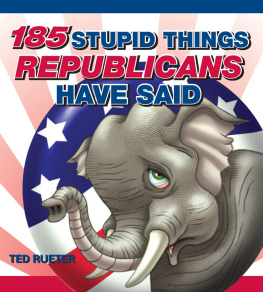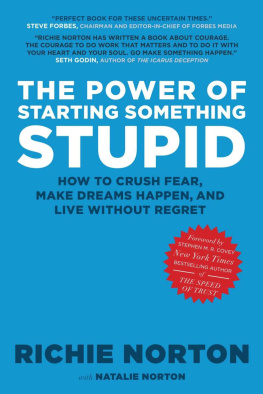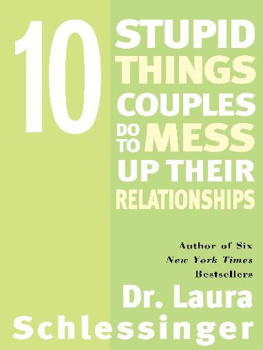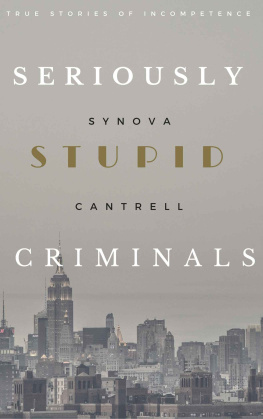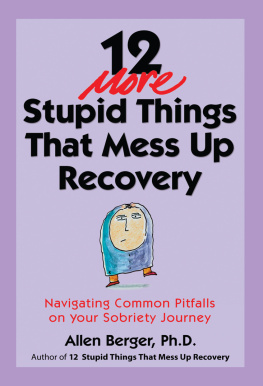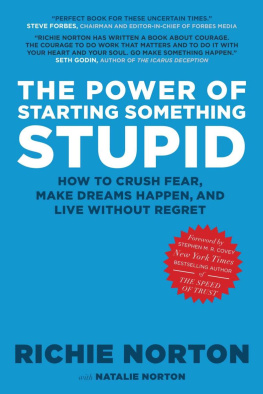HEADLINES,
HEADACHES AND THE
HUMAN CONDITION
When Normal Doesnt Work and How to Deal With It
Steve Whiddett

Copyright 2015 Steve Whiddett
The moral right of the author has been asserted.
Apart from any fair dealing for the purposes of research or private study, or criticism or review, as permitted under the Copyright, Designs and Patents Act 1988, this publication may only be reproduced, stored or transmitted, in any form or by any means, with the prior permission in writing of the publishers, or in the case of reprographic reproduction in accordance with the terms of licences issued by the Copyright Licensing Agency. Enquiries concerning reproduction outside those terms should be sent to the publishers.
Matador
9 Priory Business Park
Kibworth Beauchamp
Leicestershire LE8 0RX, UK
Tel: (+44) 116 279 2299
Fax: (+44) 116 279 2277
Email:
Web: www.troubador.co.uk/matador
ISBN 978 1784627 669
British Library Cataloguing in Publication Data.
A catalogue record for this book is available from the British Library.
Matador is an imprint of Troubador Publishing Ltd
I dedicate this book to my wife Sarah who provides me with continuous support and encouragement in all I do and who, when I need to be told, will tell me if Im making my path too difficult.
My respect and admiration for you Sarah, the most generous and giving person I have ever known.
Contents
Introduction
In 2007 RBS was reported to be the largest bank in the world with assets of almost 2 trillion and in 2008 it would have collapsed completely without UK Government intervention and taxpayers money to bail it out. In 2008 Michael Martin became the first Speaker of the House of Commons to be forced out of office in more than 300 years. In 2011, after 160 years, one of the most successful UK Sunday newspapers, the News of the World, was forced to close. The actions and decisions that brought about these headline were made by normal people, people like you and me!
We hear about, we experience and we create situations we neither like nor want. The big ones make the headlines while others give us headaches real and metaphorical.
MPs expenses, Brits abroad, phone hacking, the banking crisis and inquiries into the police, scandals in the NHS and cruelty and neglect in care homes. The headlines have been shocking and they continue to appear and they continue to shock.
Meanwhile, in our everyday lives, we are subjected to road rage, endless phone calls that arent sales calls trying to inform us of something we are missing out on, dodgy insurance sales and a range of scams to separate us from our hard-earned cash. At work we are expected to go the extra mile, to work together as a team, to be more engaged so that we can help increase value for shareholders and we are expected to do this with fewer resources and less support.
When we finally get some time to ourselves at home we find we have broken a promise we didnt know wed made, upset someone at the village hall by making a great suggestion for raising some funds, and when told by our partner that theyd had a hard day our helpful ideas for doing things differently are taken the wrong way and we end up in the proverbial dog house.
Maybe not a typical week but you get the picture.
While the scale and impact of headlines and headaches might differ, the themes do not differ greatly and they repeat, sometimes in different forms, but they do repeat. If these themes were just interesting or entertaining we might be happy that they repeat. Headlines and headaches come with costs and some of those costs are far too high.
Headlines and headaches have damaged the reputations of bankers, MPs, NHS workers, police and social workers. They have damaged relationships both at home and at work and have contributed to and reinforced divisions within and between societies. In organisations they undermine morale, performance, brand image and share prices. They have created damage to our built and natural environments and they have damaged the health and wellbeing of individuals. In addition, they waste precious resources such as time, effort, materials, money and equipment.
If any society, organisation or individual seriously intends to avoid creating or repeating headlines and headaches they are going to need some help because we create them simply by being human.
To address or avoid creating headlines and headaches we need to understand how we create them in the first place. We need to understand how and why we act in the ways that we do, to understand how we could do things differently. We need to understand the big picture if were going to change what happens within it.
My work focuses on assessing, developing and managing behaviour (peoples actions) and helping others to do the same. Its my job to know about what people do and why they do it. I suppose, like many of us, I had been doing this intuitively long before I learnt how to do it professionally. It was only when studying psychology and sociology that I really began to appreciate the diverse influences that shape our actions.
About ten years ago I began to draw together strands from years of study, research and practice to develop a new way of understanding and dealing with peoples actions at work; a way that takes account of the influences around us and within us. Since then, my clients have helped me realise that the approach we have developed together can help to better understand and manage others actions and our own actions in just about any setting.
A range of disciplines, mostly within psychology, provide much of the information we need to help our understanding. Due to the way in which disciplines are organised, most of this information is focused on small and particular areas of interest small, sometimes very small, parts of the whole picture.
This book pulls together pieces of the puzzle from various disciplines and from my professional and personal experiences to help explain how and why we act, why our actions do not always produce the outcomes we want, and how we can act differently.
This book draws on theories and research while avoiding the specialist and sometimes baffling language of science. The content and flow of this book is biased toward building the picture, rather than focusing on the tools used to create the picture. For those who want to explore the tools, comments and further readings are provided in the final chapter of the book.
A brief look at some headlines and headaches
The journey toward building our big picture begins with a reminder of some of the headlines and headaches that need not have happened; situations that our picture could help prevent from reoccurring.
When I began writing this book I focused it on my work with organisations. Helping individuals and organisations improve performance by influencing the ways in which people went about their work. I had developed a model that I was pretty pleased with possibly (probably) even smug about. I used it to explain why organisations frequently did not get the behaviour they expected. The model had proven incredibly useful to my clients and, as I developed the view that it might be the answer to life, the universe and everything, I also developed a concern about how objective I could be about the model.
I shared the model with a colleague at Exeter University and found a critical friend. He admired the models elegance; he actually said that. He also admired its logic and simplicity and he could see how it helped to make sense of actions and performance at work. But, he pointed out, and it was a very big but, the model didnt account for the really messy stuff that goes on in organisations. By messy stuff he meant bad behaviour such as bullying, unfairness, selfishness and unethical behaviour.

